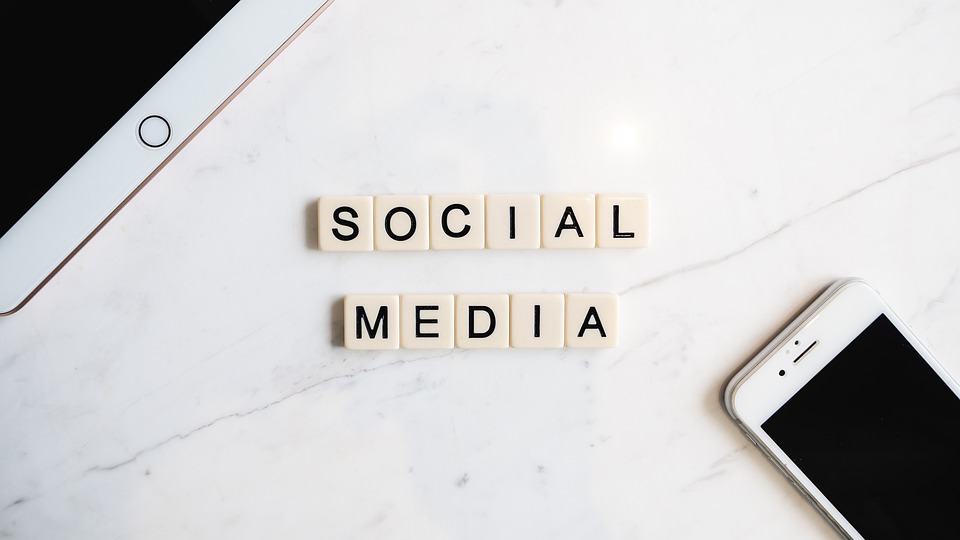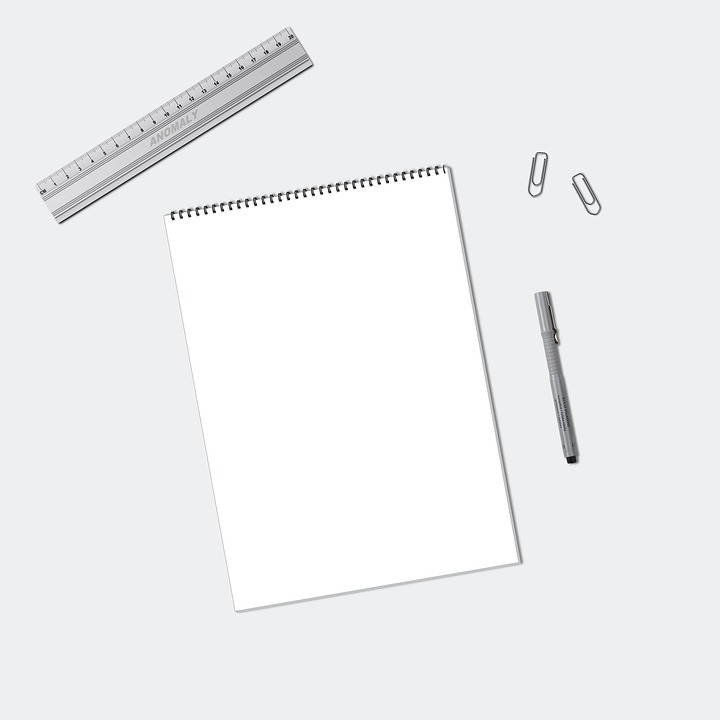The Role of Graphic Design in Effective Web Development
In today’s digital age, websites have become the face of businesses and organizations. A well-designed website can attract and engage users, while a poorly designed one can drive them away. This is where graphic design plays a crucial role in web development. Graphic design is not just about creating visually appealing elements, but it is also about creating a seamless and user-friendly experience. In this article, we will explore the importance of graphic design in effective web development and how it can enhance the overall user experience.
First and foremost, graphic design is essential for creating a visually appealing website. It involves the use of colors, typography, images, and other visual elements to create an aesthetically pleasing design. A visually appealing website can captivate users and make them stay on the site longer. Studies have shown that users form an opinion about a website within the first few seconds of visiting it. If the design is unappealing or cluttered, users are likely to leave and never return. On the other hand, a well-designed website can create a positive first impression and encourage users to explore further.
One of the key aspects of graphic design in web development is creating a consistent and cohesive visual identity. A website should reflect the brand’s identity and convey its values and message. Graphic designers work closely with businesses to understand their brand and create a design that aligns with it. They use colors, fonts, and imagery that are in line with the brand’s guidelines, creating a consistent look and feel across all pages of the website. This consistency helps in building brand recognition and trust among users.
Another important role of graphic design in web development is enhancing the user experience. A well-designed website is not just about aesthetics but also about usability. Graphic designers ensure that the website is easy to navigate and that users can find the information they are looking for without any hassle. They create intuitive and user-friendly interfaces, making it easy for users to interact with the website. This includes designing clear and visually appealing navigation menus, buttons, and other interactive elements. A user-friendly website reduces the bounce rate and increases the chances of users converting into customers or taking the desired action.
Graphic design also plays a crucial role in making the content of a website more engaging and readable. Designers use typography to enhance the readability of the text by choosing appropriate fonts and sizes. They also use colors to highlight important information or create visual hierarchy. By using graphics and images, they can break up long blocks of text and make the content more visually appealing. Well-designed visuals can also help in conveying complex information in a simple and understandable way. This is especially important for websites that deal with technical or complicated subjects.
In addition to enhancing the user experience, graphic design also plays a role in search engine optimization (SEO). SEO is the process of optimizing a website to rank higher in search engine results. While graphic design may not directly impact SEO, it indirectly affects it by improving the overall user experience. Search engines like Google consider user experience as one of the ranking factors. If users have a positive experience on a website, they are more likely to spend more time on it, visit more pages, and share the content. This, in turn, sends positive signals to search engines, indicating that the website is valuable and relevant. As a result, the website’s ranking may improve.
Furthermore, graphic design is essential for creating responsive and mobile-friendly websites. With the increasing use of smartphones and tablets, it is crucial for websites to be accessible on different devices and screen sizes. Graphic designers use responsive design techniques to ensure that the website adapts to different screen sizes without compromising the design or user experience. This involves creating flexible layouts, optimizing images for faster loading times, and designing touch-friendly elements. A responsive website not only provides a better user experience but also improves the website’s visibility in mobile search results.
In conclusion, graphic design plays a significant role in effective web development. It goes beyond aesthetics and involves creating visually appealing, user-friendly, and consistent designs. A well-designed website can attract and engage users, convey the brand’s message, enhance the user experience, and improve the website’s visibility in search engine results. Therefore, businesses and organizations should prioritize graphic design in their web development process to create a successful online presence.





